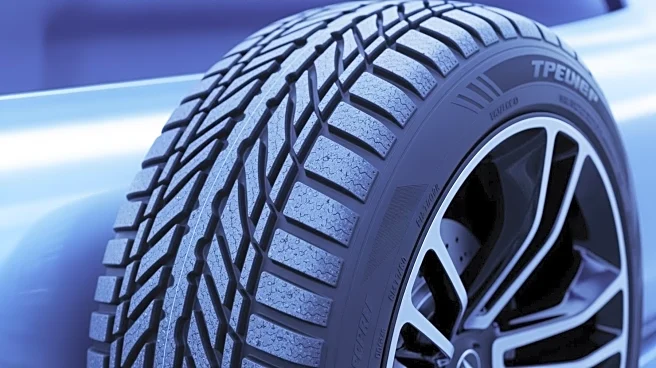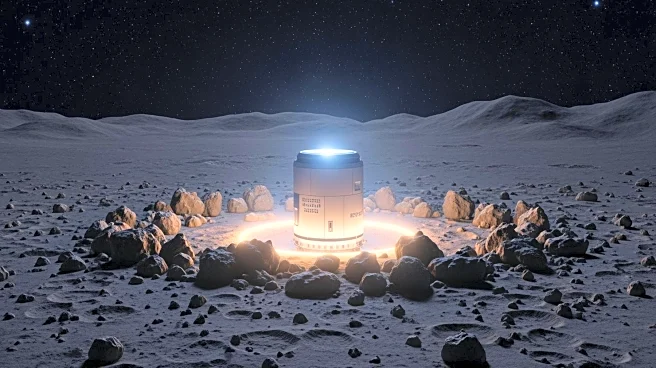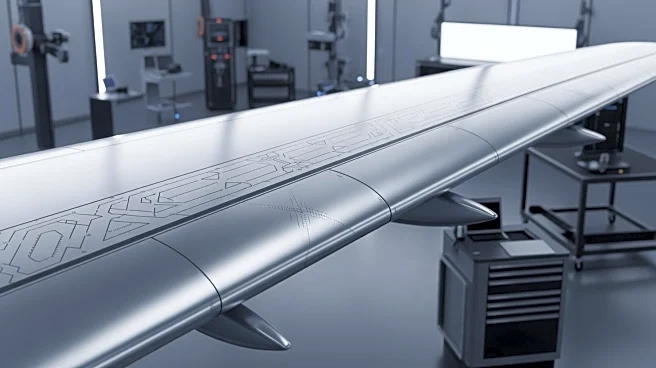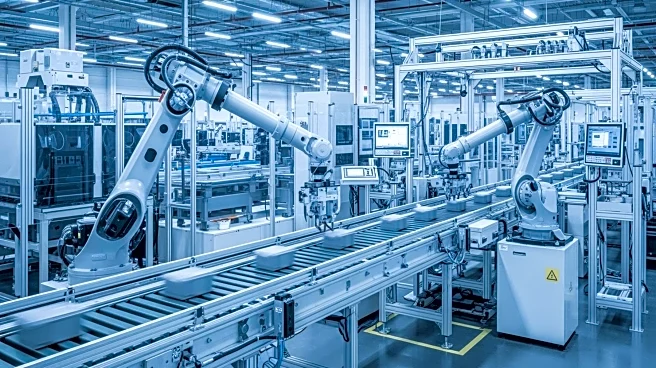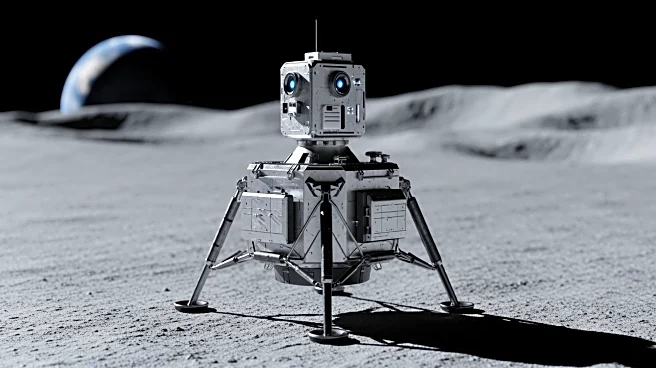What's Happening?
NASA is preparing to introduce its Superelastic Tire technology, originally developed for lunar and Martian exploration, to personal vehicles on Earth. This innovative tire, made from shape memory alloys,
is airless and puncture-proof, offering durability and performance in extreme conditions. The technology, developed in collaboration with Goodyear, is being adapted for use in bicycles, cars, and heavy-duty vehicles. The Superelastic Tire can withstand temperatures from -100°C to +200°C, making it suitable for a wide range of environments.
Why It's Important?
The introduction of NASA's Superelastic Tire to consumer markets could significantly impact the automotive industry by reducing the need for tire maintenance and replacements. This technology promises to enhance vehicle safety and performance while also contributing to environmental sustainability by reducing tire waste. The potential for airless, maintenance-free tires could lead to cost savings for consumers and businesses alike. Additionally, the durability and adaptability of these tires could support the development of more resilient transportation systems, particularly in challenging environments.
What's Next?
NASA is currently working with commercial manufacturers to adapt the Superelastic Tire for mass production. Challenges remain in scaling the technology and ensuring it meets regulatory standards for road safety. As interest from major manufacturers grows, further developments in production techniques and cost reduction are anticipated. The successful commercialization of this technology could pave the way for widespread adoption in various vehicle types, potentially transforming the tire industry.
